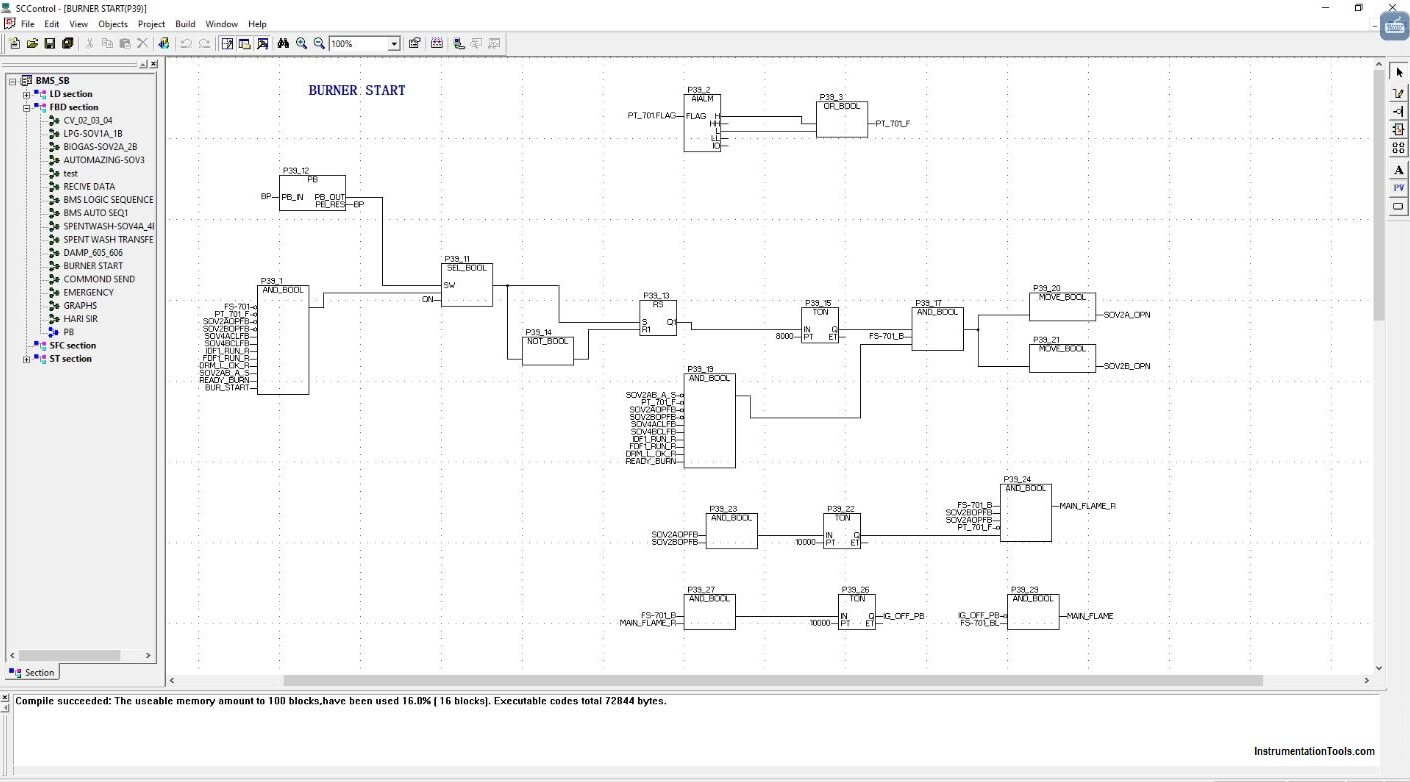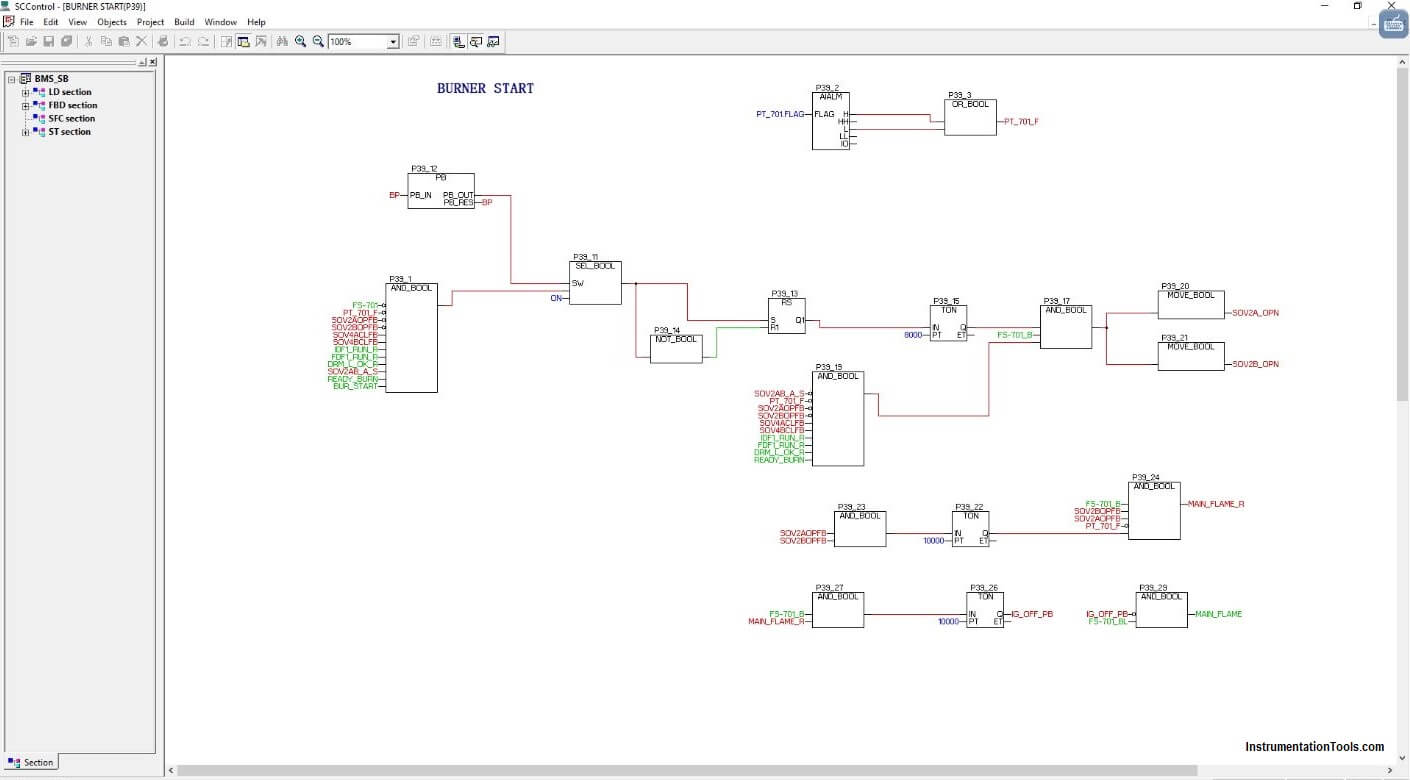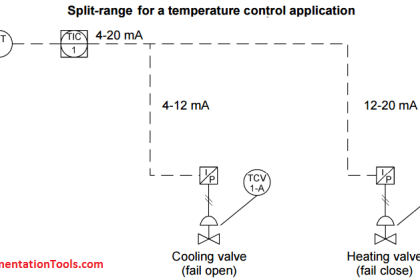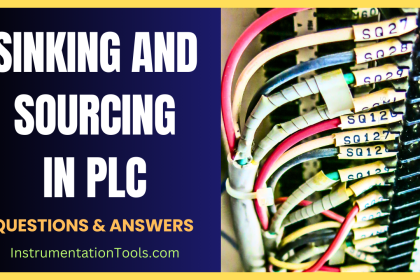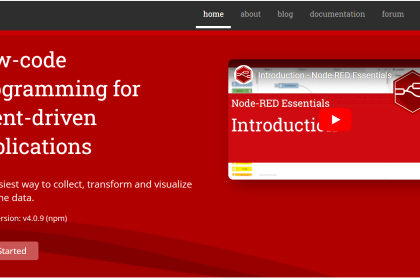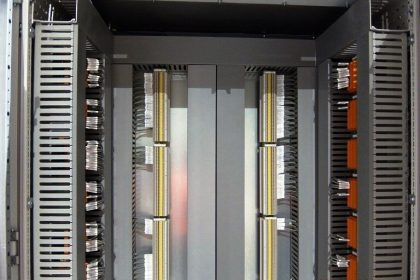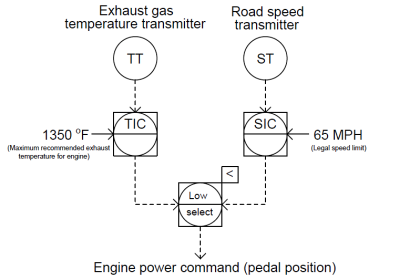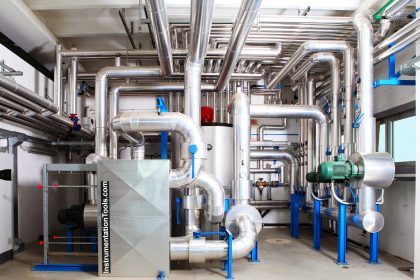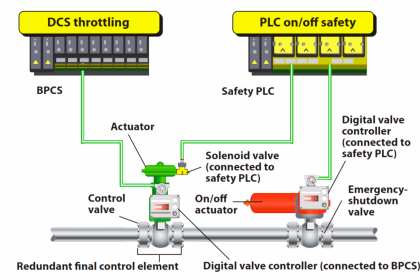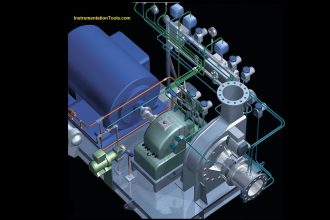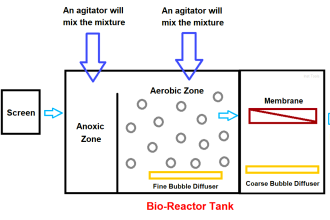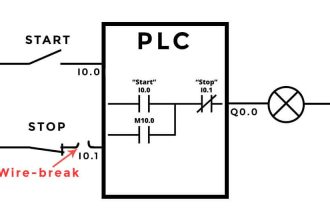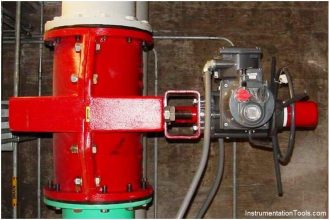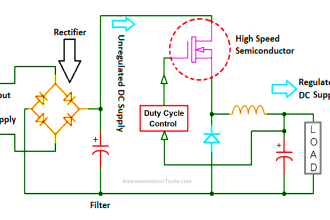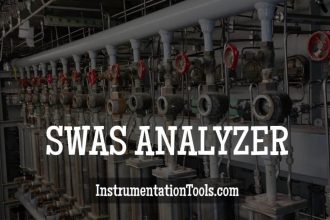In this article we will go throw some Standard burner safety logic for initial lighting of the burner and also we are going to implement these logics in ladder format using SUPCON DCS system ECS700 Series.
What is a Burner?
A Mechanical device that performs lean combustion between 2 or more fuels in a controlled manner is called as the burner.
Why we require safety for the burner?
Burners present fire hazards. They produce a flame and burn at a high temperature in the furnace and as a result, there is potential for an accident to occur.
Industrial burner:
The Industrial burner has covered about half of the market and is growing rapidly.
Below are some good advantage of burners to overcome the traditional firing of the boiler.
- Efficiency up to 80-95%
- Proper fuel combustion
- Low emission from chimney.
- Only single operator can operate the single boiler
- Low service cost
Safety Logics
- ESS (Emergency Stop Switch) should not be pressed.
The ESS is a switch provided for a boiler operator on the control panel to stop the burner in the Emergency condition.
- ID & FD fan should be not be in running condition.
When you are initially firing a burner the heavy motor used in boiler should not be in ON state.
- Fuel Line Pressure Should be OK
Suppose we want to burn biogas the pressure of biogas line as assigned should be 350mBar. These signal will be provided by the pressure switch.
- Biogas Control valve should be closed
- Biogas SOV (Solenoid valve) should be close
- FD fan damper should be closed
- Steam drum level should be ok (50%)
- Flame not present in furnace.
The flame scanner is provided for burner safety and feedback whether flame in furnace is present or not.
Also Read: Burner Management System Interlock
Now if all the above safety logics are satisfied then the burner will enable its start button for boiler operator. And after that, the purging cycle will start.
Figure (a): Burner Safety Logic
Purging Cycle:
It is nothing but the clearing of the entire flue gas path for any combustibles that are leftover in the furnace. This cycle is performed by FD fan and ID fan.
Figure (b) Purging cycle.
As per the program in fig (a) if any of the condition during the purging cycle fails then we need to reset the burner manually through the HMI and again start the burner.
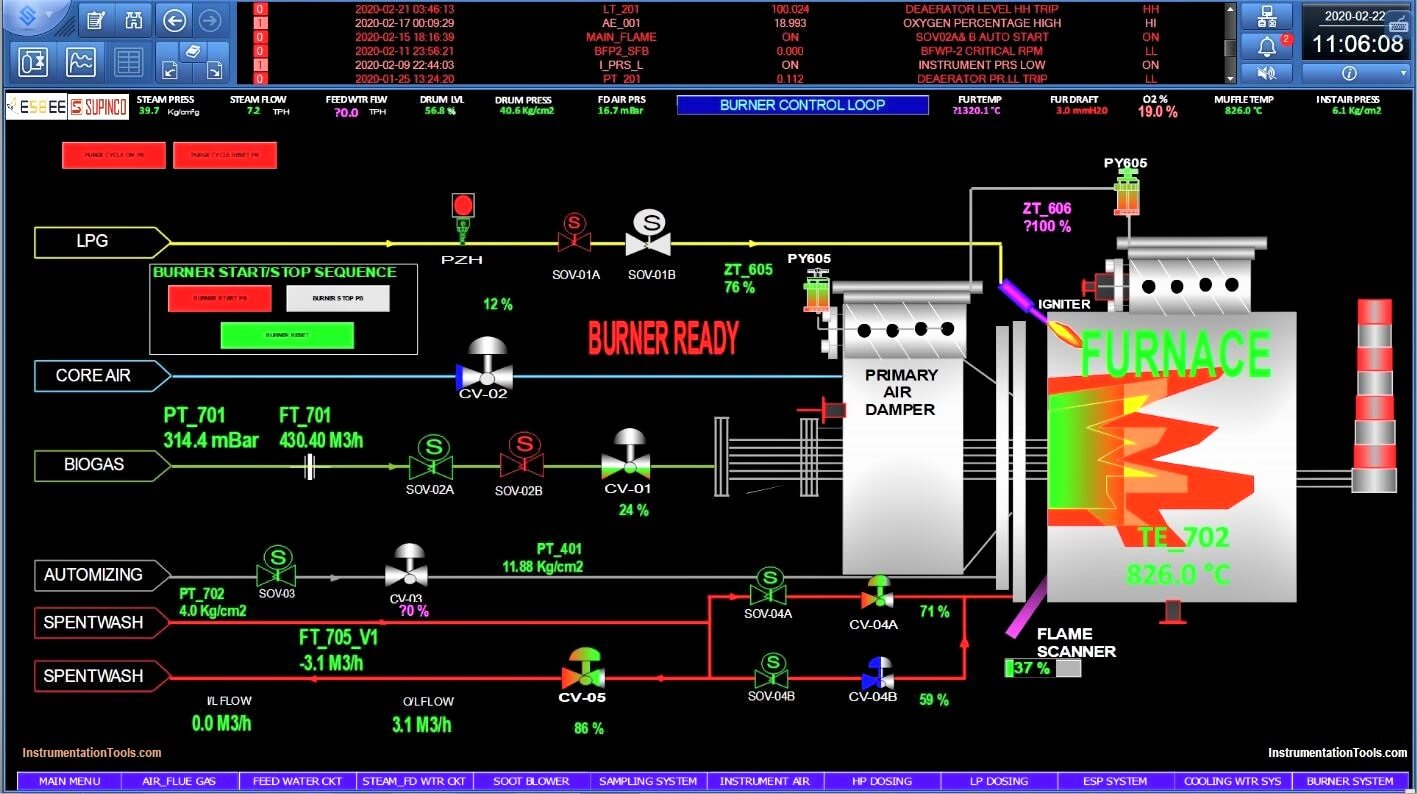
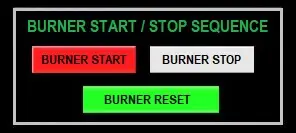
Figure (c) shows that during purging we got a DI signal from flame Scanner.
Now successfully when we complete the purging cycle the burner is ready for firing.
Burner Safety
In this topic, we will go through the process after starting the burner and how the steam is generated in the boiler along with the flow diagram fig (d)
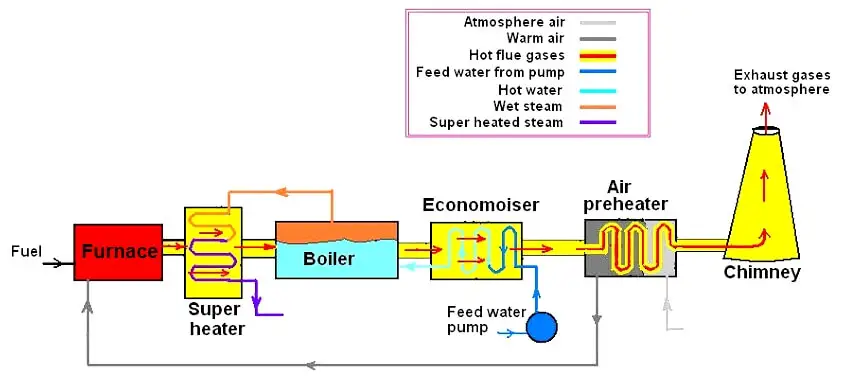
Figure (d)
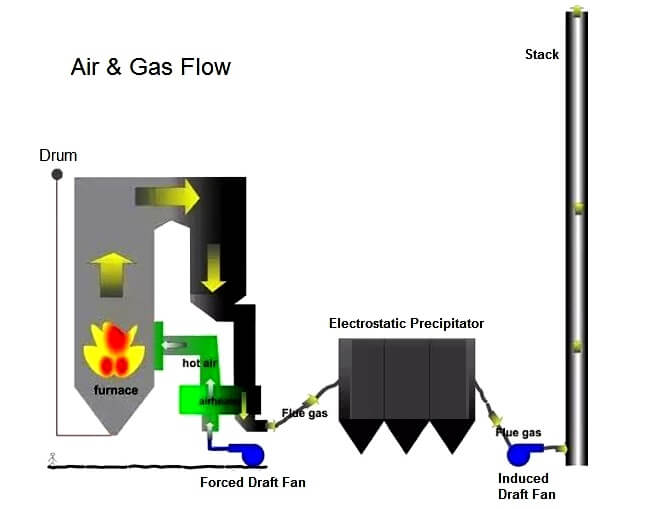
When the burner gets to start with all the safeties interlock of boiler and burner itself. The natural circulation of water started as the steam generation takes place.
The flue gas from the furnace passes through the superheater, economizer, ESP and last to the duct of the chimney. The flow diagram in figure (e).
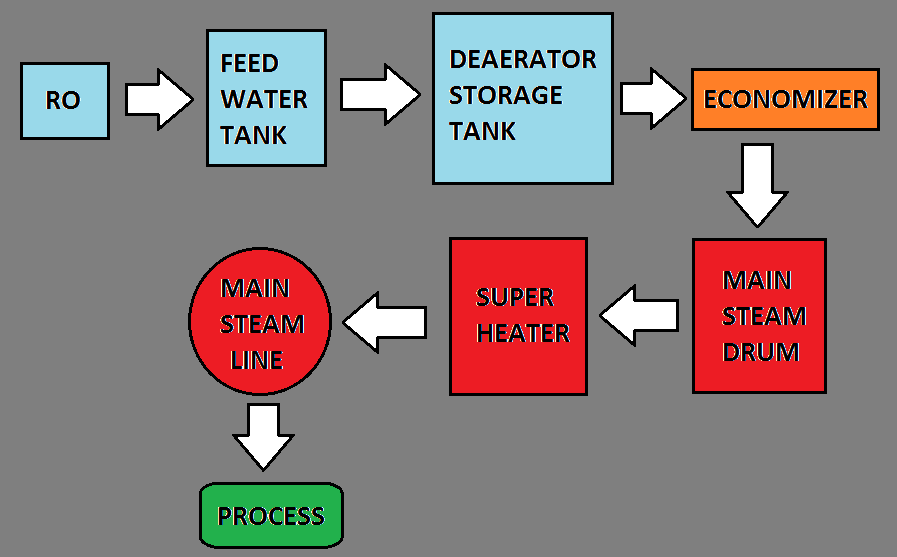
Figure (e)
The water from the RO plant is stored in the feed water tanks, then the water flows to deaerator to economizer the let water to flow into the steam drum and after that, the steam goes through superheater and at last the main steam line which is utilized by the customer as per its process.
Author: Amit Jadhav
Read Next:
- Turbine Supervisory Instrumentation
- PLC on Industrial Automation
- Blast Furnace Panel Modification
- Why choose Intrinsic Safety?
- Gas Turbine Questions
